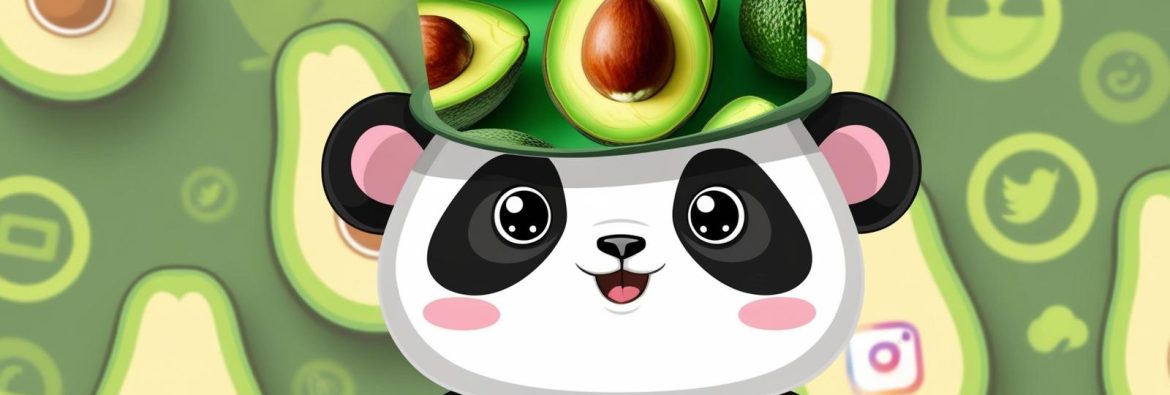Introduction
Your brand’s logo and color scheme are more than just design elements—they are the visual identity that shapes customer perception and influences purchasing decisions. Studies show that 90% of first impressions are based on color alone, making it essential to choose the right palette and logo that reflects your brand’s personality. In this guide, we’ll explore how to select the perfect colors and logo for your brand to build recognition and trust.
1. Why Brand Colors Matter
Colors evoke emotions, feelings, and brand associations. Choosing the right color scheme can:
- Increase brand recognition by up to 80%.
- Influence customer trust and loyalty.
- Differentiate your brand from competitors.
Each color has a psychological effect on consumers. Here’s what they mean in branding:
| Color | Meaning & Usage | Examples |
|---|---|---|
| 🔴 Red | Excitement, passion, urgency | Coca-Cola, YouTube, Netflix |
| 🔵 Blue | Trust, security, professionalism | Facebook, PayPal, IBM |
| 🟡 Yellow | Happiness, energy, optimism | McDonald’s, IKEA, Snapchat |
| 🟢 Green | Growth, health, sustainability | Starbucks, Whole Foods, Spotify |
| 🟣 Purple | Luxury, creativity, wisdom | Cadbury, Twitch, Hallmark |
| ⚫ Black | Elegance, sophistication, power | Chanel, Nike, Apple |
Pro Tip: Choose two to three colors that complement each other while aligning with your brand’s message.
2. How to Pick the Right Logo Style
A logo should be:
✅ Memorable – Simple yet recognizable.
✅ Versatile – Looks great on all platforms (website, social media, packaging).
✅ Timeless – Avoids trendy elements that may become outdated.
Types of Logos & Examples
1️⃣ Wordmark Logos – Uses brand name in a stylish font (Google, Coca-Cola).
2️⃣ Lettermark Logos – Initial-based (IBM, HBO, CNN).
3️⃣ Symbol Logos – Uses a unique icon (Apple, Nike, Twitter).
4️⃣ Combination Logos – Merges text and symbols (Burger King, Adidas).
5️⃣ Mascot Logos – Features a character or illustration (KFC, Pringles).
Pro Tip: Keep your logo simple and scalable so it looks good in any size, from business cards to billboards.
3. Matching Your Logo & Colors with Your Brand Identity
Your brand’s values and target audience should guide your design choices. Consider these:
- A Corporate Business? → Use blue for trust and a professional wordmark.
- A Fun & Playful Brand? → Bright colors like yellow or pink with a mascot logo.
- A Luxury Brand? → Minimalist design with black, gold, or dark purple.
- An Eco-Friendly Company? → Green and earthy tones with a nature-inspired symbol.
Pro Tip: Test your logo in black and white first—if it works without color, it’s truly versatile.
4. Tools & Resources to Create a Logo and Choose Colors
You don’t need to be a designer to create a great logo! Try these tools:
🎨 Color Palette Generators:
- Coolors.co – Generate custom color schemes.
- Adobe Color – Find color harmony with AI suggestions.
🖌 Logo Makers:
- Canva – Free and easy-to-use logo templates.
- Looka – AI-powered branding and logo design.
- Hatchful by Shopify – Quick logo generation for businesses.
Pro Tip: Work with a professional designer for a custom and unique brand identity.
5. Testing & Refining Your Brand Identity
Before finalizing your logo and colors, test them with your target audience to gather feedback. Ask:
- Does this logo reflect our brand values?
- Do the colors create the right emotional response?
- Is the design memorable and recognizable?
Run A/B tests on social media and collect feedback through customer surveys to make data-driven decisions.
Conclusion
Your brand’s colors and logo play a crucial role in shaping perception, trust, and customer loyalty. By selecting the right color psychology, logo type, and brand identity, you can create a powerful and recognizable brand that stands out.
Need a custom logo and branding strategy? Contact Pandacado Digital Agency today and let’s build your brand identity!

